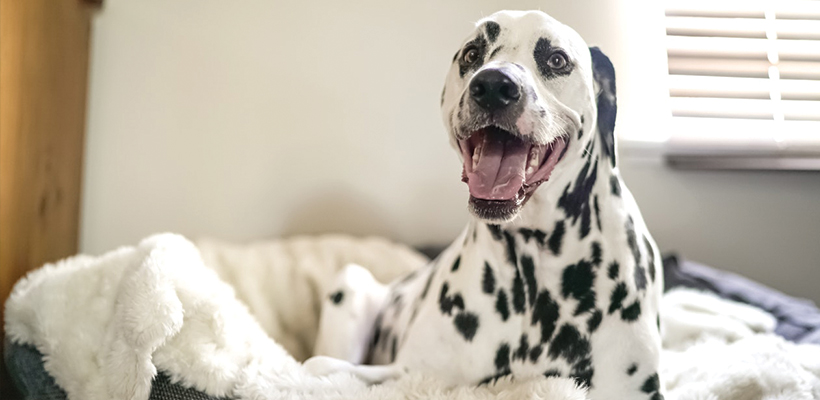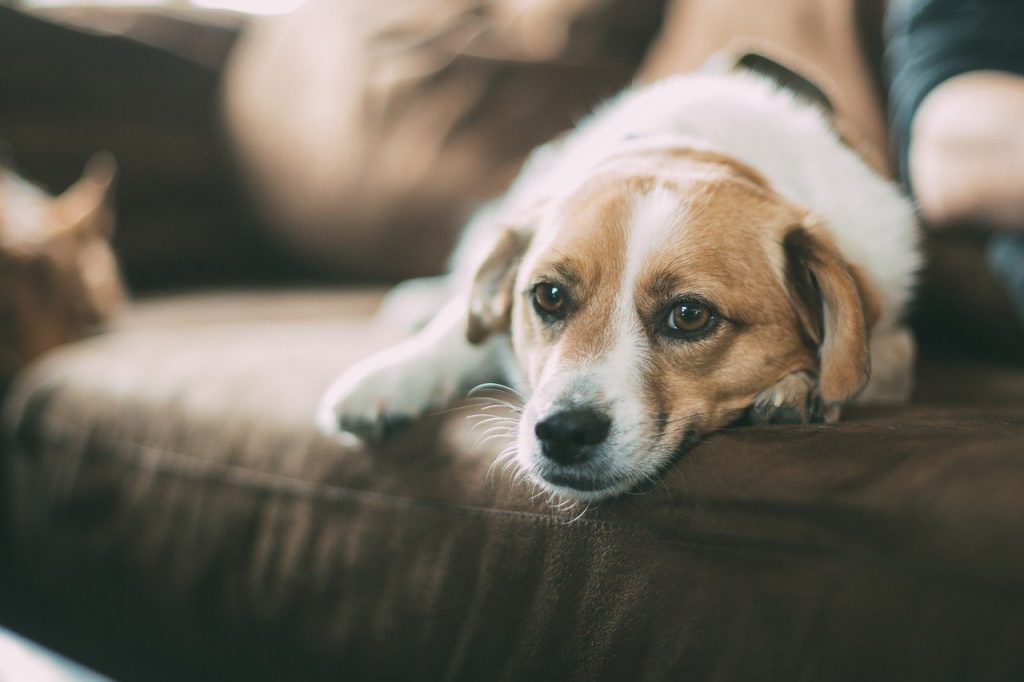
This article is contributed by guest writer, Richard (Petshaunt.com).
When to Stop Crate Training
Crate training is a good approach for pet owners who want to teach their dog or puppy some healthy habits. There are various reasons why you would want to crate your dog. For instance, you might want to teach them how to use the bathroom outdoors, knowing boundaries, and as a safety measure. A crate also provides your dog with a peaceful and quiet place.
After some time, your dog may outgrow the need for crate training depending on the reason you were crating him for. So, when should you stop crate training, and how should you do it? Well, the ideal deadline for crating your dog is two months since the happening of the last incident.

Photo Credit: Keighla Exum via Unsplash
When to stop crate training
The whole idea of crating your dog is to help him associate with positive behaviors. Most dogs will love their crates with time, and you might wonder if you can let him loose in your house. When to stop crate training depends on several factors, including:
Your dog is housebroken
As your dog grows, it comes a time that you need to train him to defecate and urinate outside the house or at a designated place. When you’ve decided to teach your dog to ease himself outside the house, do it slowly so the hard work you’d done crate training won’t go in vain. It will require you to be a little patient because it will take time for your dog to learn to change his habit.
He no longer chews items
One of the main reasons for crate training dogs is to prevent them from chewing items in the house. Some dogs have a habit of chewing anything they come across, including shoes, furniture, electrical wires, cables, etc. When your dog still has this chewing habit, crate training must continue, but there’s no reason to continue crating him when he has dropped this habit. However, you’ll have to monitor him, just in case the habit may return. Alternatively, you can provide him with chew toys. Don’t give him items like old towels, shoes, toys, stuffed animals to chew because your dog won’t be able to differentiate between what he’s not allowed to chew and what he can chew.

Photo Credit: Free-Photos via Pixabay
Your dog isn’t anxious
Many dogs suffer from separation anxiety when left on their own. A dog that suffers from separation anxiety will dig at the crate, bark, or whine when left on his own. Out of sympathy, you might be tempted to set your dog free as you leave home, but you may come back and find your window blinds torn, baseboards, furniture, and wires chewed, or other items in the house destroyed.
So, rather than setting your dog free as you leave home, better teach him how to cope with separation anxiety. You can spend more time with him while at home and also leave him with a piece of your clothing as you go out. This will make him feel comfortable even when you are away. Keep your dog crated until the separation anxiety symptoms abate.
How to stop crate training
The same way you conducted crate training and followed various sources with patience is the same way you should stop crate training. Your dog shall have been used to the crate and may find it hard to cope with a new lifestyle. So, you need to start slowly.
Start by keeping your puppy out of the crate for only a shorter period and increase the time as days go by. Make sure you give your puppy a potty break after taking him out of the crate and take them out after eating a meal or after drinking large amounts of water.
While your dog is out of the crate, monitor him so he doesn’t mess around. Take him out only if you have free time to supervise him. Again, when your dog is out of the crate, you can still keep him in restricted areas. The areas should be larger than the crate. As you increase the time your dog stays out of the crate also increase the size of the area within which he can roam. Eventually, your dog will learn to be out of the cage for longer periods and still conduct himself decently.

Photo Credit: Jodie Louise via Pexels
Don’t throw the crate away
Even if you train your dog to leave the crate, you need not shy away from using the crate when necessary. Sometimes it is more helpful to have your dog in the crate rather than have him roam freely.
For example, when your dog is unwell, he would feel more comfortable being crated. You may also note that your dog prefers to sleep in the crate at night. If that’s the case, you can leave the crate’s door open as you retire to bed. This will give him an easy time to jump into the crate and have a nap.
Sometimes the crate may help you when you travel a lot. You can use it in an unfamiliar place such as a hotel room while you are out. The crate can also help if your dog develops aggressive behavior towards other animals or family visitors.
Final words
Are you still wondering when to stop crate training? Hopefully, this article has answered your question. If you can’t let your dog go off the crate on your own, consider hiring a dog expert.
